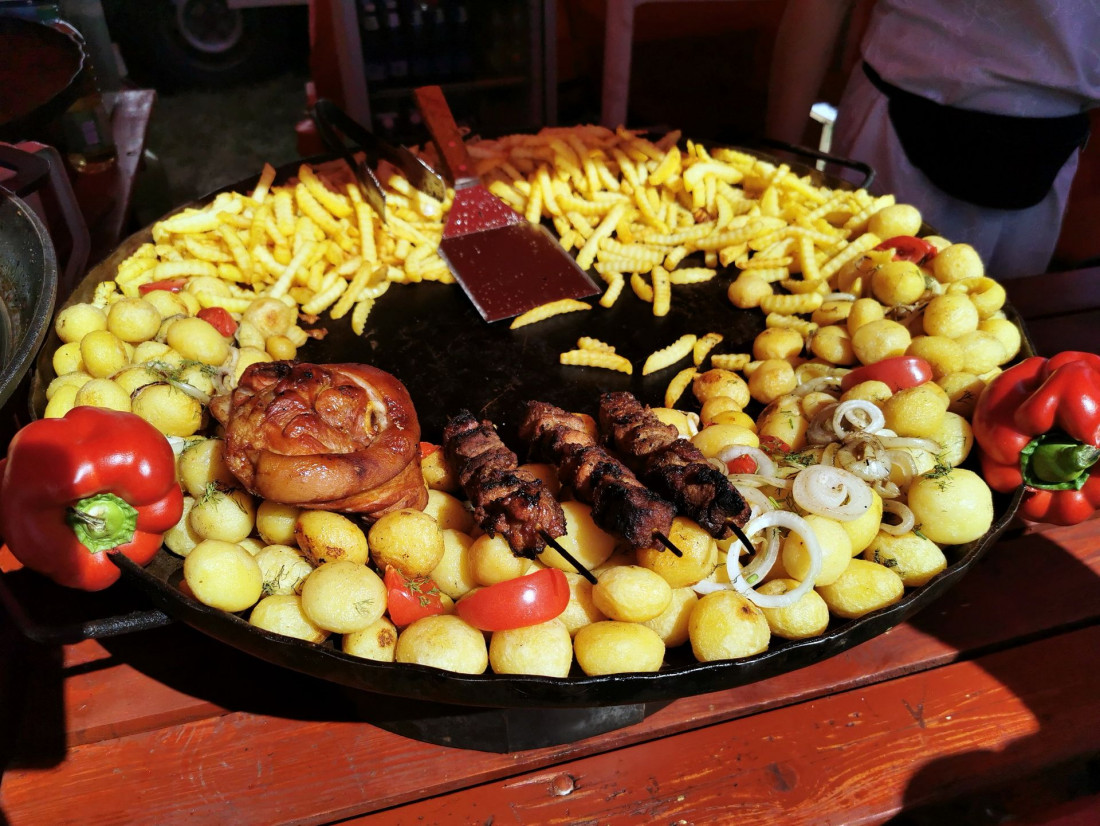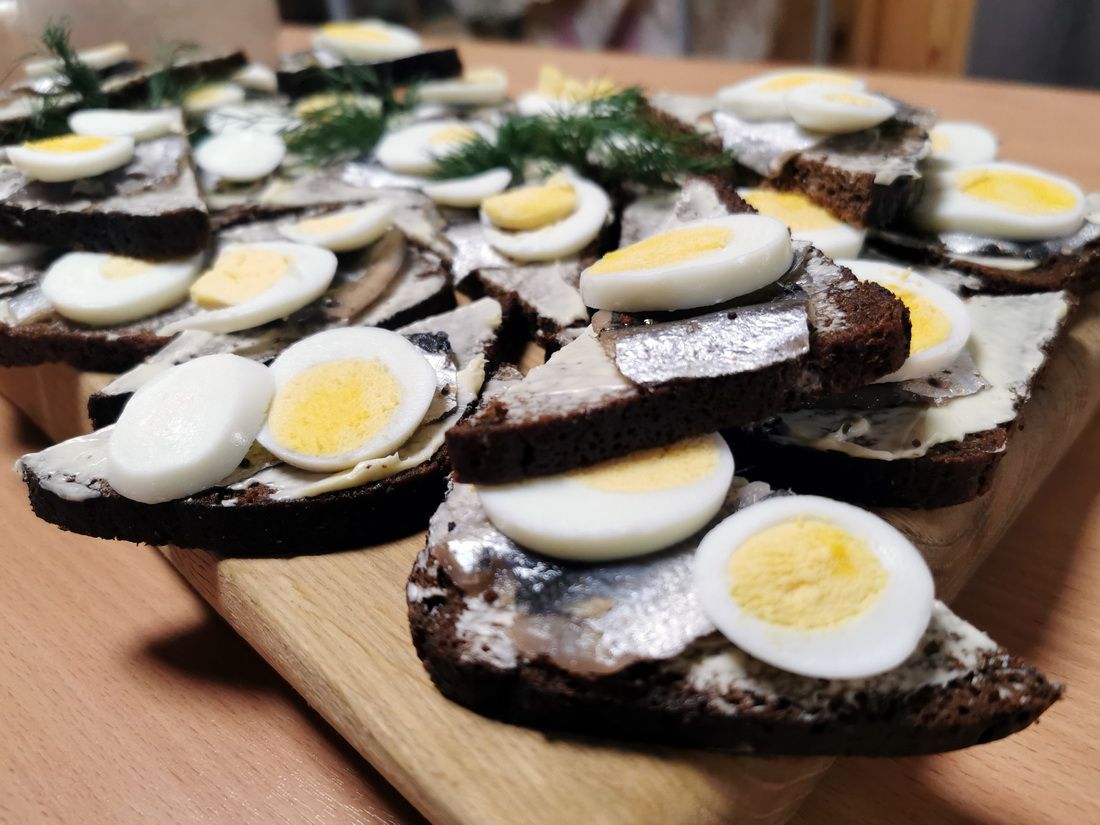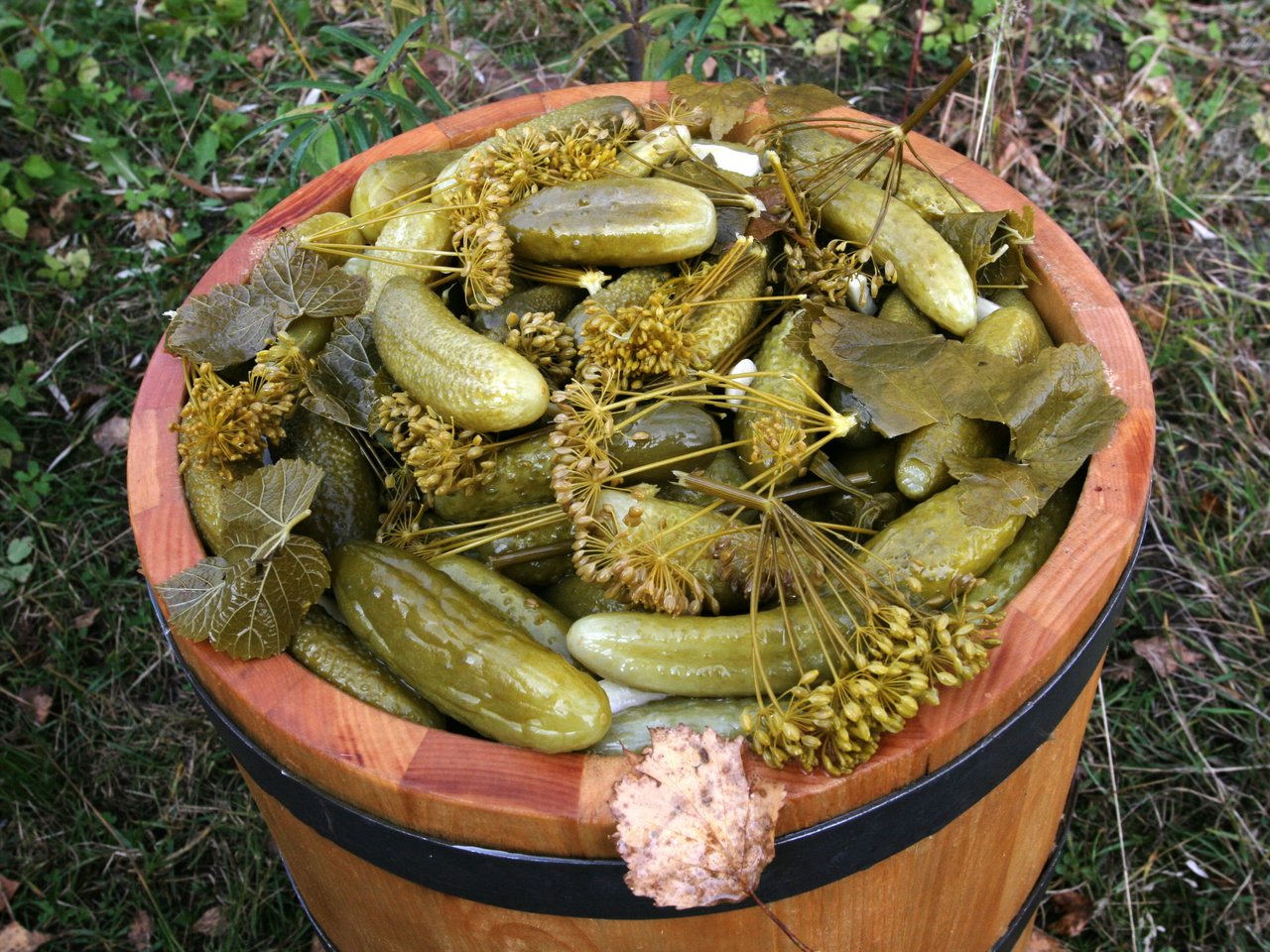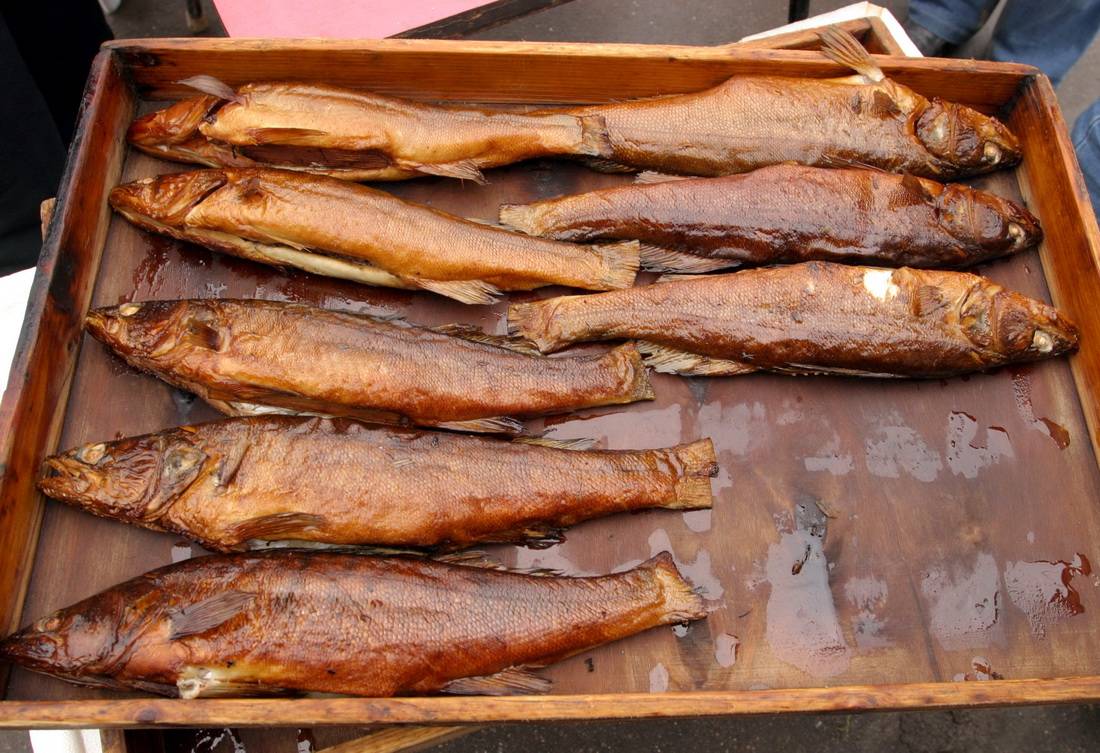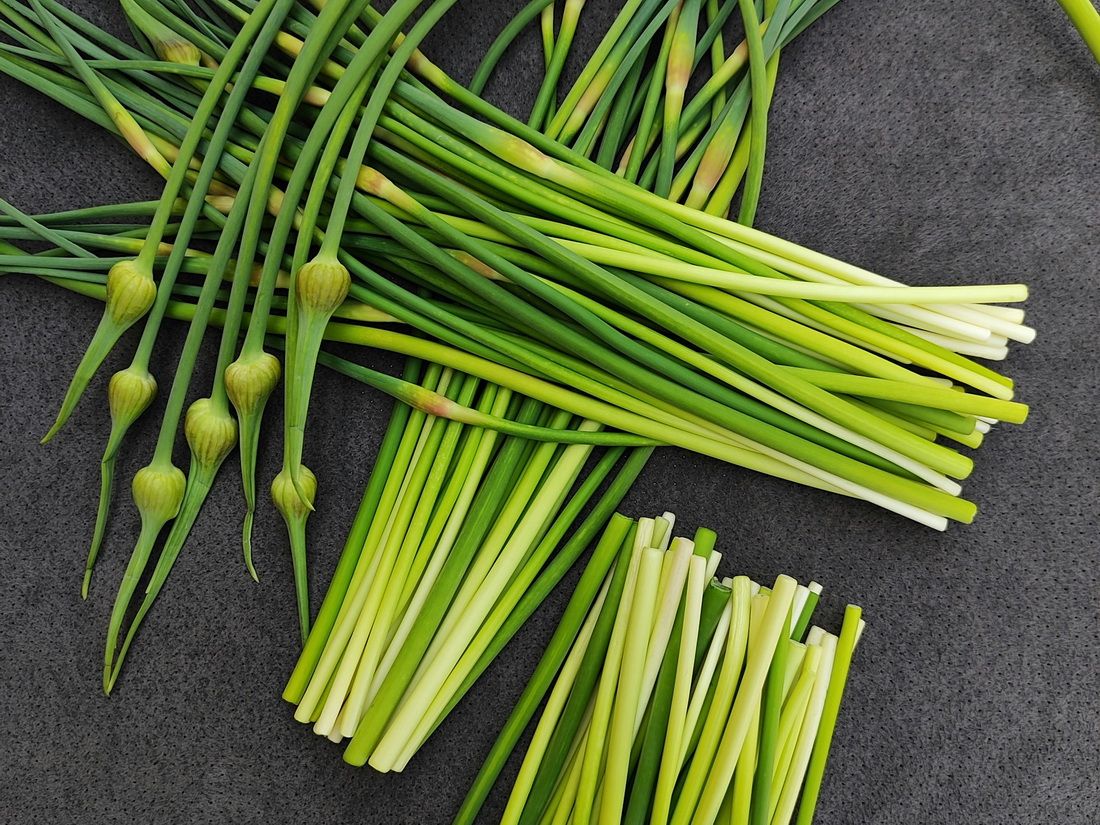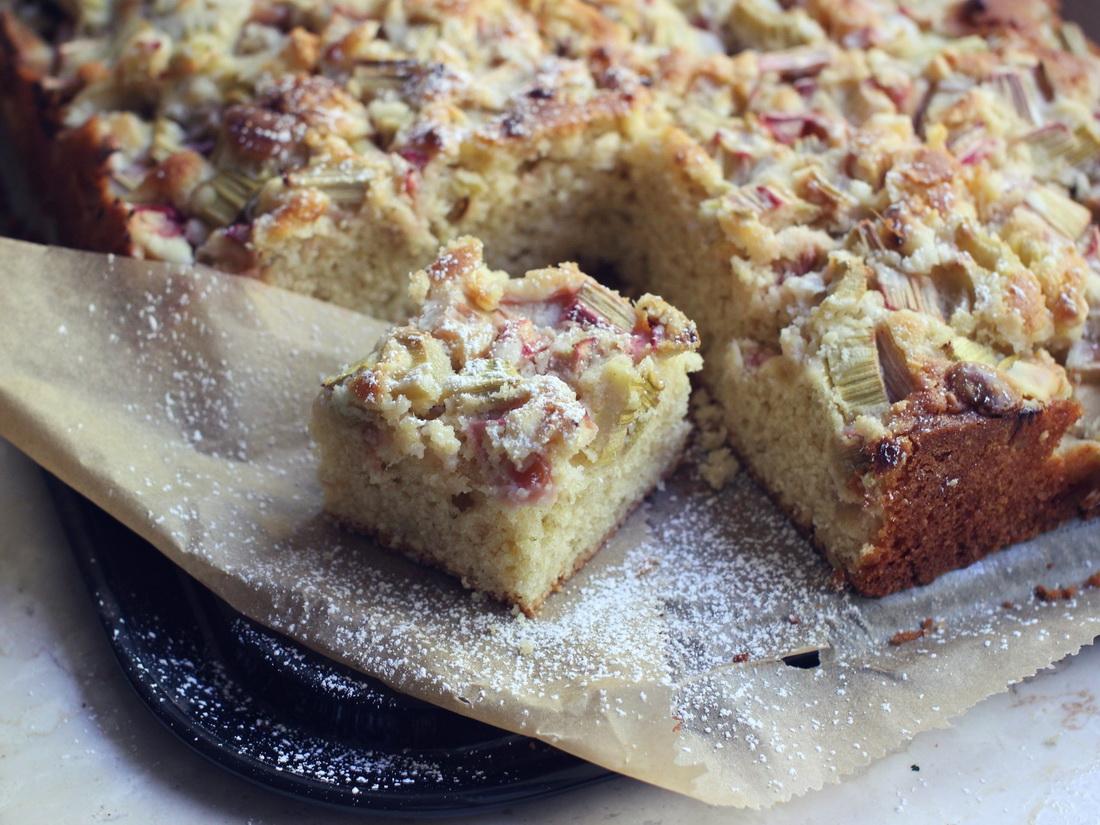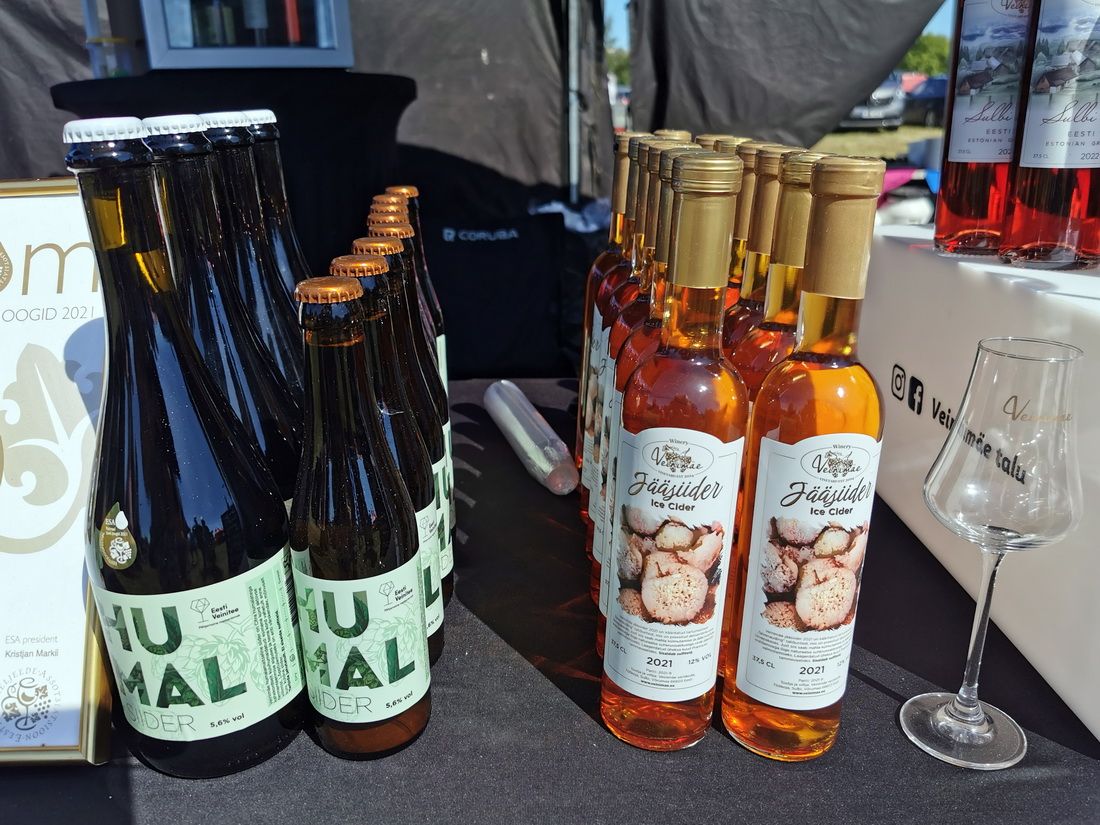Estonian food isn’t about fireworks — it’s about quiet satisfaction. This guide explores the most traditional and seasonal Estonian dishes, from blood sausages and pea soup to chanterelle pies, berry wines, and brined cucumbers. If you’re visiting the capital, don’t miss our Tallinn travel guide.
Tourist-Facing Classics
Let’s start with the obvious classics. Mulgikapsad is a barley and sauerkraut stew with pork, usually served with potatoes. Sour, simple, hearty — and available in most lunch cafés, especially in winter. Price: €6–7 in a canteen-style place, a bit more in a fancier restaurant.
Verivorstid (blood sausages) are sometimes baked until crisp and served with potatoes and a dollop of something sour. They appear every winter, like clockwork. Price: Around €2 per supermarket pack, €5–7 for a proper plate in a restaurant.
Everyday Estonian Staples
Forget croissants. Estonia runs on rye bread — dark, dense, and not exactly beginner-friendly. But top it with a slice of Baltic sprat, a boiled egg, and some dill — and you’ve got a national classic. These open-faced sandwiches show up at breakfast, lunch, and dinner. Price: €2–3 for bread, €1.50–2.50 for a can of sprats.
Bonus points if there’s munavõi (egg butter) on the table — mashed boiled eggs with butter and a pinch of salt.
Still, sepik — a softer, slightly sweet wheat loaf — is just as common across Estonian tables.
Price: About €2 for a loaf, egg butter is often homemade.
Salted, Not Pickled
Estonians take their cucumbers seriously. Not the sweet pickled kind — the brined kind. Just salt, garlic, dill, and a few days of patience. No vinegar, no sugar, no fuss.
They appear in June, sold by the kilo at markets. For two months, they’re everywhere — and then, just like that, they’re in jars. Some families even make cucumber soup in winter, with barley, dill, and potatoes. Price: €3–5 per kilo at the market — and about the same in supermarkets. Just don’t confuse them with the pickled kind.
There are one-day cucumbers (crisp, fresh, barely changed) and two-day cucumbers (a little softer, a little funkier). The difference? Just one night in brine — but it changes everything.
From Sprats to Lampreys
Yes, Estonia loves its sprats. But there’s more to local fish than that.
Trout shows up on most tables — usually from Norway, but grilled, baked, or salted to local taste. You’ll also find zander, pike, bream, and Baltic herring on local menus, especially outside the cities.
And then there’s lamprey — ancient, slippery, and somehow prestigious. In eastern Estonia, it even has its own festival every autumn. Expect traditional lamprey stews and even the occasional lamprey risotto. Price: Trout dishes €8–14. Lamprey — €30–40/kg, if you can find it.
Cold Jellies and Hot Takes
Cold pork jelly doesn’t sound like a bestseller — but sült is a classic. Served with vinegar, mustard, or horseradish, it’s a staple at winter gatherings and traditional buffets. Price: €2.50–3.50 per pack in shops, much better homemade.
Oh — and remember that pea soup? Also pork-based, and once a Thursday special in many canteens. These days, it’s rare, but not extinct. Price: €1–2 if you find it in a supermarket, €4–6 in rural cafés.
Mushrooms and Forest Bounty
Estonians don’t go mushroom picking — they go mushroom hunting. It’s a national obsession. The season can start as early as April — with morels and false morels — and last into November. Along the way, baskets fill with boletus, aspen mushrooms, birch boletes, milk caps, and more — each with its own loyal fan base.
If you see a chanterelle pie, grab it — flaky, golden, and gone in minutes. In shops, look out for wild mushroom salads or pickled mushrooms — a bite of the forest in every jar. Price: Fresh chanterelles €8–15/kg. Mushroom pies €2–4. Pickled mushrooms €2–5 per jar.
Where to buy wild mushrooms in Estonia?
- Farmer’s markets (especially in Tartu and Tallinn)
- Roadside stalls in August–October
- Supermarkets like Selver, Maxima or Rimi — jars year-round, chanterelles in baskets when the forest is feeling generous.
Tiny Seasonal Obsessions?
For about two weeks in June, Estonian gardens explode with these twisty green stalks. Stir-fry, stew, or pickle — they’re the truffles of early summer. Price: Free if your neighbour likes you. Otherwise €1–2 a bunch at the market.
Daily Dairy Fix
Estonians love their dairy — and it shows. From creamy kohupiim (curd) to sour cream on everything, it’s part of daily life. Local cheese may not compete with France or Italy in variety, but you’ll still find good choices. Look out for braided cheese — smoked or plain, sold in markets and supermarkets. Price: Kohupiim €1–2 per tub. Braided cheese €3–4 per piece. Sour cream around €1 for 200g.
And then there’s kohuke — a Soviet-era chilled curd snack covered in chocolate, still hugely popular today. You’ll find it in every shop’s dairy section, in flavours like vanilla, caramel, or blueberry. Price: About €0.50 each — but nobody buys just one.
Estonia’s Most Controversial Vegetable
In late summer markets, you might spot strings of pale gold onions labelled “Peipsi sibul.” Traditionally grown in villages along Lake Peipus, they cost about three times more than regular onions. Do they taste different? Slightly.
Are they worth it? Local chefs and food lovers say yes. Half the country chases them in August and September, the other half rolls its eyes. Price: €3–5 per braid or €2–3 per kilo, depending on weather, mood, and nostalgia.
Sour, Sweet, and Strange Desserts
Estonians don’t do overly sweet. But they do meringue — and a lot of it. Expect raspberry rolls, summer Pavlovas, and anything involving whipped cream and berries.
Then there’s rhubarb — tart and proud of it. It shows up in pies, jams, and early summer bakes, often replacing apples. Price: Rhubarb pie €2.50–4 per slice in cafés, less if baked by someone’s aunt.
Go full nostalgia with leivasupp: a sweet bread soup made from black bread, sugar, and raisins. Chewy, dark, and strangely comforting. Price: €1.50–2.50 in cafés, rarely seen outside homes.
Drinks and Dessert in a Glass
There are cream versions now, but real Vana Tallinn is dark, sweet, and 45% strong. Spiced with citrus and vanilla, it’s added to coffee, cakes, or taken in a quiet sip after dinner. Touristy? Maybe. But still the most Estonian thing you can pour into a glass. Price: €9–12 per bottle, sometimes cheaper at the airport.
If you’re lucky, you might come across local berry wines — from blackcurrants, redcurrants, or apples. Tart, fragrant, and often homemade, they’re harder to find but unforgettable when you do. Price: €10–15, sometimes sold at markets or small fairs. Disappear fast.
Locals say you should grab berry wines while you can — they tend to disappear by January. Rhubarb liqueur, on the other hand, sticks around. It knows no season.
✨ Marking Your Spot in Estonian Cuisine
Estonian cuisine isn’t trying to impress you. It’s trying to feed you, preserve summer, and quietly prove that a cucumber can be a meal.
Whether you’re here for a day or a season, be curious. Ask about the pie. Try the pickle. And never underestimate a country where onions can cause a national craze.
Because in the end, Estonian food is exactly like Estonia itself — understated, seasonal, and full of surprises.
🌿 3 Things to Try Before You Leave Estonia:
- Salted cucumber from a market stall
- Vana Tallinn in your coffee
- Anything with rhubarb — pie, jam, or liqueur






